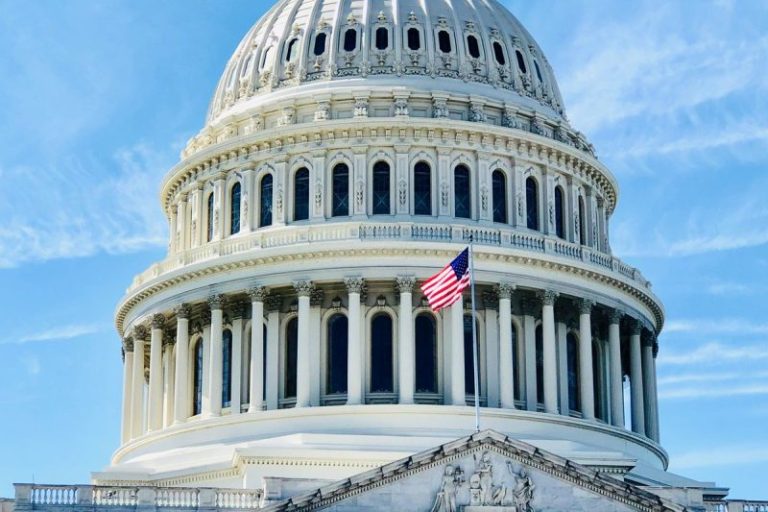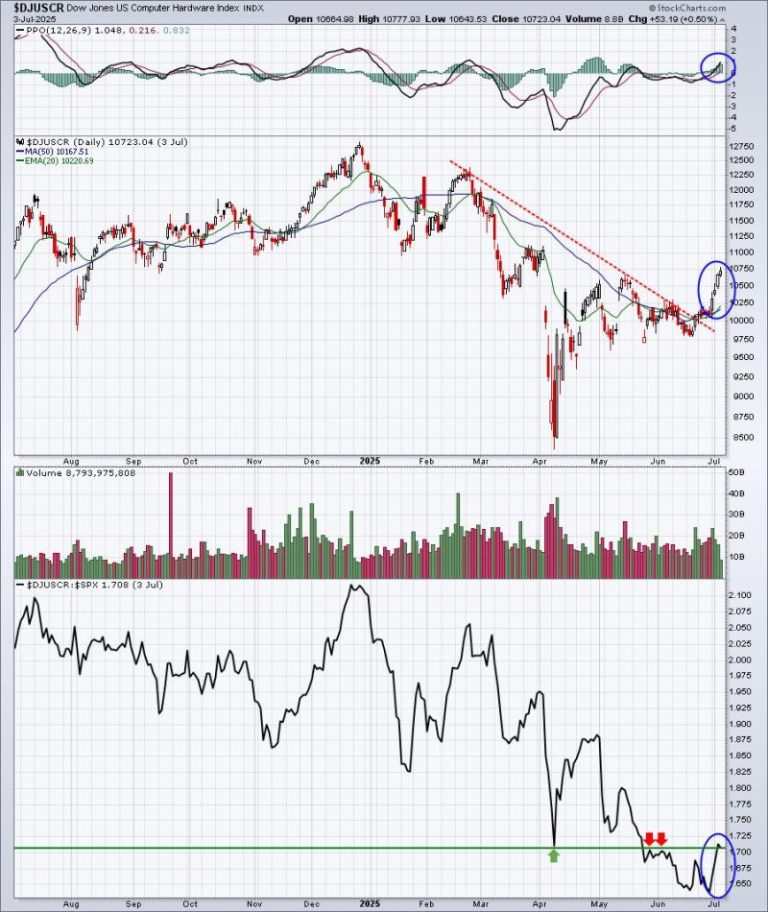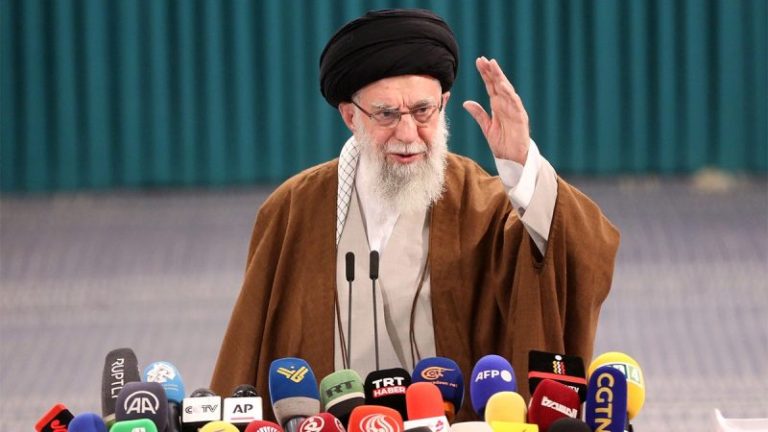US President Donald Trump’s massive One Big Beautiful Bill is poised to reshape America’s entire industrial and energy future, dramatically reorienting policies and incentives for various industries.
Passed by the Senate by a 51 to 50 margin, with Vice President JD Vance breaking the tie, the legislation now heads to conference negotiations that will finalize its far-reaching impacts on energy investment, critical minerals and the digital economy.
Framed by the White House as a blueprint for restoring American industrial strength, the bill combines major fossil fuel incentives, nuclear supports, and deep tax cuts with steep rollbacks of renewable energy subsidies and critical minerals credits.
Here are some of the bill’s most significant provisions.
Mining incentives on the chopping block
Perhaps the most consequential piece of the “One Big Beautiful Bill” for the mining industry is its planned phaseout of the Section 45X advanced manufacturing production credit.
This 10 percent tax incentive was created under the 2022 Inflation Reduction Act to encourage domestic extraction, processing and recycling of critical minerals — such as lithium, nickel, cobalt and rare earth elements — that power batteries and other industrial technologies.
Under the new bill, the 45X credit would begin to wind down in 2031 and be eliminated entirely by 2034.
That reversal has drawn fierce criticism from mining advocates, who warn that scaling back the credit undermines efforts to build a resilient domestic supply chain.
Meanwhile, the National Mining Association, which has long called for expanded mining incentives, expressed their support for the bill’s passage and praised other funding provisions in the bill that support the industry.
“We urge the House to quickly pass this bill,” said Rich Nolan, National Mining Association president and CEO, in a statement after the Senate vote. “It increases the competitiveness of the American mining industry and provides vital incentives, including funding to counter China’s mineral dominance.”
The overall direction of the bill, though, makes clear that domestic producers will face a more challenging environment after a brief window of continued support up until 2034.
The bill’s tougher guardrails on critical mineral sourcing add to this challenge. Alongside the phaseout of 45X, lawmakers included new restrictions to curb reliance on “prohibited foreign entities” — primarily adversarial nations like China and Russia — in the supply chain.
Under the legislation, companies seeking the advanced manufacturing credit will have to pass a ‘material assistance cost ratio test’ to prove they are not overly dependent on inputs or components from these foreign entities.
Fossil fuels win big
The legislation delivers a sweeping victory to oil, gas and coal interests.
First, it mandates an ambitious leasing program for fossil fuel production, opening 30 lease sales in the Gulf of Mexico over 15 years and more than 30 lease sales annually on federal lands across nine states. It also cuts the royalties oil and gas producers pay to the government, aiming to encourage higher output.
“This bill will be the most transformational legislation that we’ve seen in decades in terms of access to both federal lands and federal waters,” Mike Sommers, president of the American Petroleum Institute, told CNBC.
“It includes almost all of our priorities.”
Coal producers, too, receive a major boost. The bill designates at least 4 million additional acres of federal land for coal mining and slashes the royalties paid by coal companies.
In a further sweetener for metallurgical coal producers, the bill permits them to use advanced manufacturing tax credits to support coal used in steelmaking.
In a controversial move, the bill also extends a carbon capture tax credit designed to trap carbon emissions from industrial facilities. However, under the new language, oil companies can claim a higher tax benefit for using captured CO2 to push more oil out of aging wells.
Hydrogen fuel investments get a partial reprieve: the hydrogen production tax credit will now end in 2028 instead of immediately, giving oil majors more time to roll out projects.
Renewables face deep cuts
In stark contrast to fossil fuels, renewable energy incentives are headed for a steep rollback. The legislation phases out the investment and production tax credits that have supported wind and solar since the 1990s.
Under the new plan, renewable power projects placed into service after 2027 will no longer qualify for these credits, although a one year grace period will apply to projects that begin construction within 12 months of the bill becoming law.
A related tax credit encouraging the use of US-made components in renewable installations will also expire for projects entering service after 2027. Projects that start construction in the year after the bill becomes law can still qualify, but anything beyond that window loses access to the incentive.
The bill also adopts Senate language providing a more gradual phaseout for these credits, rather than the abrupt cutoff proposed by the House.
Still, the overall impact is clear: after decades of public policy designed to grow wind and solar, their incentives are being dismantled.
President Trump’s views on renewables are no secret. In a June 29 Fox News interview, he criticized solar farms and wind turbines as “ugly as hell” and vowed to restore fossil fuels to the heart of US energy policy.
Crypto gets an indirect boost
Cryptocurrency investors have found reason for optimism in the bill, even though no direct amendments on crypto taxes made it into the final text.
As the bill moves forward, it extends the 2017 Trump-era tax cuts, adds new tax-free treatment for up to US$25,000 in tips and US$12,500 in overtime pay, and expands estate tax exemptions.
These changes are projected to raise the US national debt by between US$3.3 trillion and US$5 trillion over the next decade. That debt expansion, paired with more disposable income from tax cuts, has created a bullish narrative for Bitcoin and other cryptocurrencies as a hedge against inflation.
“More debt can lead to more money printing. That’s good for BTC in the long run,” crypto analyst Ranjay Singh said in an X post.
Crypto market observers had hoped the bill would fix rules around staking, airdrops and Bitcoin-mining taxation, but those amendments fell short in the Senate. Senator Cynthia Lummis, for instance, tried to remove what she called a “double tax” on Bitcoin miners, but the proposal was left out of the final package.
Even so, crypto advocates believe the combination of looser monetary policy, expanded government spending and higher debt will create an environment that supports digital assets.
Artificial intelligence remains a state issue
One of the most hard-fought technology debates in the bill revolved around artificial intelligence (AI) regulation.
The House version of the bill had sought to impose a 10 year nationwide moratorium preventing states from enacting their own AI laws. Senate Republicans, led by Senators Marsha Blackburn and Ted Cruz, negotiated that down to five years before ultimately scrapping the idea altogether.
The final bill does not block states from regulating AI — a major development for privacy, civil rights and consumer groups.
“The Senate did the right thing today for kids, for families and for our future by voting to strip out the dangerous 10-year ban on state AI laws,” Jim Steyer, CEO of Common Sense Media, said in a statement.
The removal of the moratorium means the US will remain a patchwork of state-level rules, from deepfake bans in California to mental health chatbot restrictions in Utah.
Industry leaders have previously complained that this environment creates compliance headaches and could hamper innovation.
“There’s growing recognition that the current patchwork approach to regulating AI isn’t working,” said Chris Lehane, chief global affairs officer at OpenAI. “But until there is a national framework, this is what we’ll have.”
Securities Disclosure: I, Giann Liguid, hold no direct investment interest in any company mentioned in this article.










